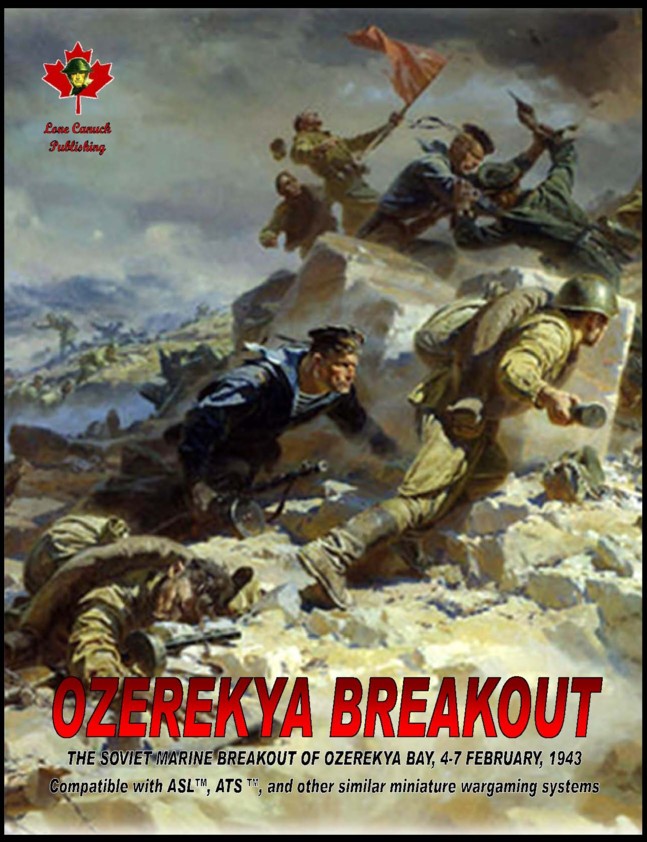

The winds of change were in the air for German Fascism and its allies. Having reached its furthest limits of conquest in the fall of 1942, the on rush of the southern German armies had been stopped on the Volga, at Stalingrad, along the crest of the Caucasus Mountains, and on the Black Sea coast on the outskirts of Novorossiysk. Through the fall of 1942, the Germans had launched attack after attack, but had been stopped in bitter fighting among the ruins of Stalingrad, in the mountain passes and river valleys of the Caucasus, and at the Oktyabr Cement Works on the Black Sea. Then, as the Winter came on, the trapped the Sixth Army at Stalingrad, scattered Germany's Romanian, Italian, and Hungarian Armies, and threatened to cut off Army Group A in the Kuban region. By February 1943, the Sixth Army was finished, the First Panzer Army was withdrawing through the Rostov Gap, hotly pursued, and the 17th Army of General Ruoff was falling back into the Taman peninsula.
OzB 1 Vines of Red Marines: In the early morning hours, Soviet seaborne forces landed on the peninsula along the west side of the Ozerekya Bay. These forces were led by tank spearheads and quickly advanced towards Glebovka, where they came across a Romanian Mortar position set up in the vineyard of an old manor.
OzB 2 From America, Tanks: In the early morning hours, Soviet seaborne forces landed on the peninsula along the west side of the Ozerekya Bay. The Soviet forces were led by tank spearheads of the American built Stuart tanks of the 563rd Tank Brigade.
OzB 3 By Fire and Flame: By the late afternoon, this Soviet seaborne force threatened to capture the Axis held town of Glebovka. In desperation, the Romanians, in an attempt to slow the Russians’ advance, threw whatever units they had on hand. The Engineers of the Romanian 58th Battalion located in nearby Krasno Medvedovskaya and the freshly arriving panzerjägers of the German Panzerjäger Abteilung 173 were quickly rushed into battle.
OzB 4 Jackboot to the Rear: Despite having three barges, four launches, two steiners, one tug, and one patrol boat sunk, and sixteen patrol boats, two tugs and two launches damaged; the Soviets were able to get 1,427 men and 10 tanks ashore before dawn. On the other hand, the landing force had no radio communication with the fleet.
Crossing the Moro contains:
- one 33" x 24" map with one inch hexes
- Chapter: Ozerekya Breakout Rules
- four ASL scenarios
- one Tactical Mission (aka Campaign Game)